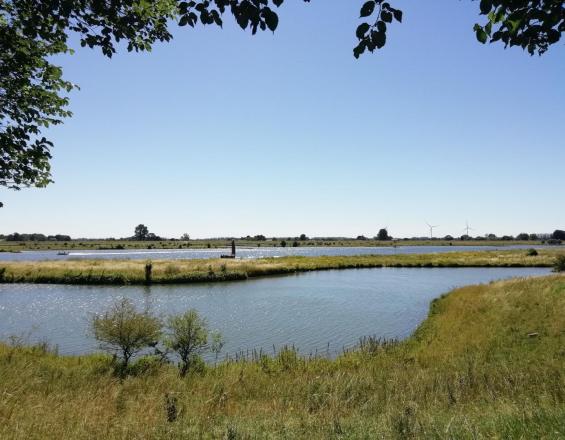Participez à notre prochain webinaire PANORAMA !
Des solutions de conservation inclusives pour les zones protégées dans un paysage multifonctionnel - le cas néerlandais
Mardi, 26 Mai 2020, 4pm CET
Leszones protégées sont essentielles au bien-être des communautés humaines et de la nature. À l'échelle mondiale, les zones protégées couvrent un large éventail de paysages, qui offrent de multiples avantages aux populations locales et à l'environnement dans leur vie quotidienne. La gestion n'est pas une tâche facile et varie considérablement d'une zone à l'autre, influencée par des visions différentes de la manière dont la nature devrait être protégée, et fondée sur une série de perceptions économiques, environnementales et sociales.
Laconservation inclusive est un cadre émergent qui reconnaît la variété des liens que les gens établissent avec les zones naturelles et les paysages dans lesquels ils vivent, et qui ouvre un dialogue entre les différentes parties prenantes d'une zone protégée. Cette approche promet de transformer des visions différentes en stratégies de gestion et, ce faisant, d'informer un ensemble de politiques et de pratiques pour l'utilisation durable des ressources naturelles. La conservation inclusive implique l'utilisation d'une variété de méthodes qui mettent l'accent sur la participation locale et régionale et la réflexion sur la croissance future et le changement de paysage. Cette nouvelle approche relie les gens aux politiques et aux pratiques, faisant de chacun une partie de l'effort de conservation d'une manière qui bénéficie à la fois à la nature et à notre société.
Au cours du webinaire, les participants en apprendront davantage sur cette approche et découvriront une étude de cas de Solution qui illustre la conservation inclusive en action :
Leparc national d'Utrechtse Heuvelrug et la région de Kromme Rijn sont des paysages multifonctionnels situés au centre des Pays-Bas. Les entretiens avec les parties prenantes ont permis d'identifier différentes visions de l'utilisation et du développement du paysage. Les techniques de modélisation permettront d'explorer les conséquences de ces différentes visions et de les consolider, afin d'aboutir à une compréhension plus diversifiée des différents usages et intérêts concernant la gestion des zones protégées.
